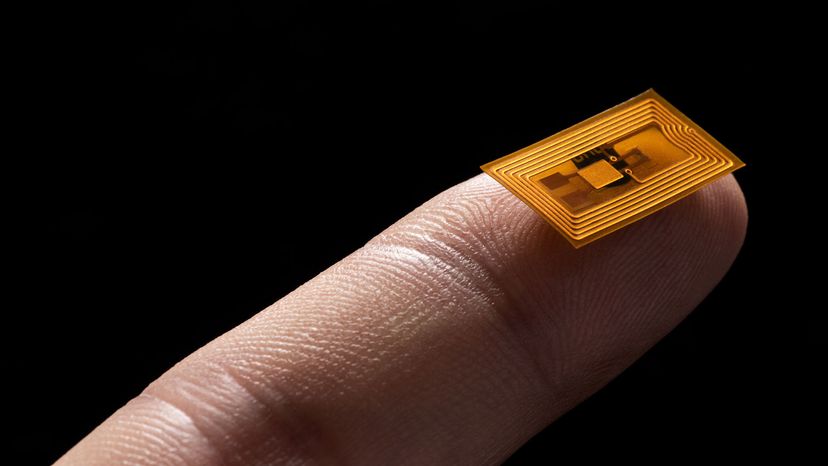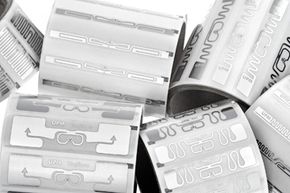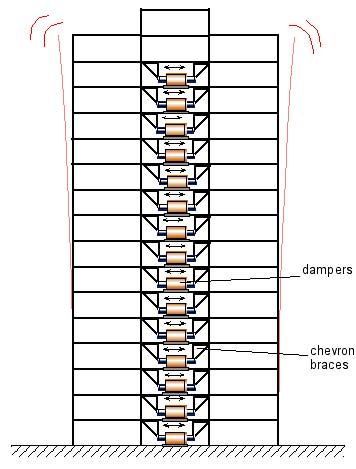
The idea that you could pay for your groceries or a tank of fuel just by tapping one small electronic device to another would have seemed like science fiction not too long ago. Now the technology is commonplace. It's all made possible thanks to near-field communication (NFC) technology and the smart tags that work with NFC.
NFC isn't a fundamentally groundbreaking technology. Like Bluetooth and WiFi, it's a wireless radio communications standard. In the wireless world, NFC's closest relative — really its parent — is actually RFID (radio frequency identification). Retailers and parcel shipping companies in particular love RFID as a way to keep tabs on inventory supplies and shipments. You may also have an RFID-enabled identification badge that you tap when you get to work.
Advertisement
NFC works like RFID, only it's a more up-close-and-personal type of wireless. Whereas RFID can be used from a distance, NFC readers work at a maximum range of about 4 inches (10 centimeters). NFC readers aren't suitable for RFID-style inventory tracking; their range is too short. So NFC tags are used for other applications where the ability to exchange a few bits of digitized information quickly comes in handy.
Unlike with RFID, NFC readers aren't always specialized devices. As a matter of fact, NFC chips are often incorporated right into your smartphone's circuitry. Similar technology is embedded at the point of sale at your local store. To pay for your purchase, you just log in to your phone to approve the sale and move the phone close to the NFC reader at the checkout.
But NFC can do more than help you pay for things. For example, a smart tag could be embedded into a political flyer. Tap the tag with your device, and you're directed to a website touting a candidate's credentials. At the same time, you also instantly receive a snappy biography in the form of a text file and image.
Or, at your favorite restaurants, you can touch your phone to an NFC tagged menu and voila! — you have the entire menu on your phone, along with nutritional information and mouth-watering descriptions of the ingredients in your favorite dishes. You could also pay for items without entering credit card details if the reader was linked to a payment system such as Apple Pay or Google Pay.
Taking advantage of the flexibility of near-field communication requires having the hardware and software to read it. For most of us, that's our smartphone or smartwatch and the apps we install on it. Finding, downloading and setting up a new app can be, at least, a pain, and, at most, keep you from using the technology at all. But in 2020, Apple released a new feature in its iOS operating system called App Clips. Scanning a special NFC code allows you to conduct a transaction, such as renting an electric scooter or paying for gas, for example, without having to download and install a specialized app to do it. [source: Apple].
When it comes to the potential uses of NFC tags, there are no limits. But what exactly gives an NFC tag its enchanting powers?
Advertisement



